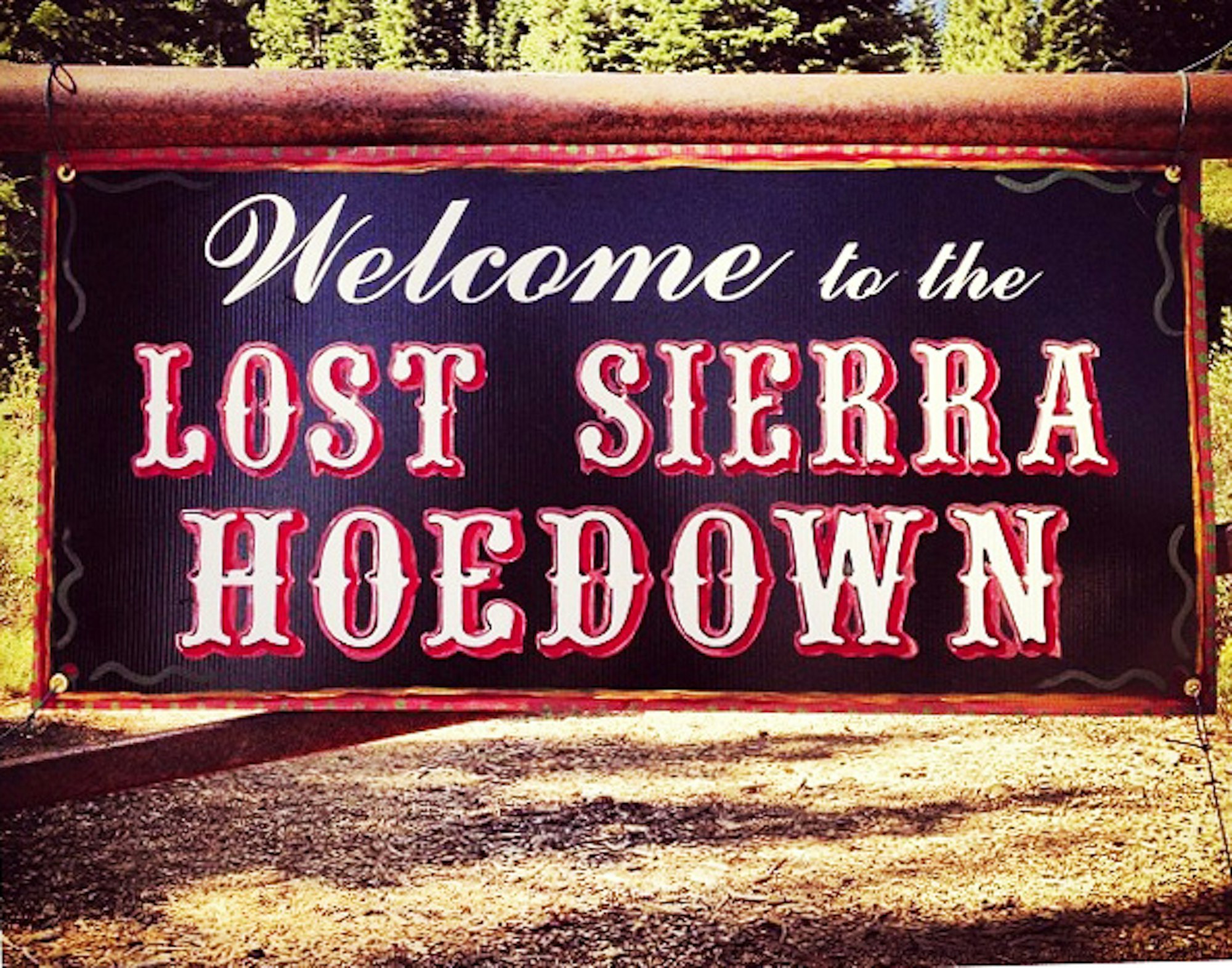Picture this: 500 people gathered beneath the Eastern Sierra range in Northern California, dancing, singing, enjoying a libation or two; a handful of fast-picking, foot tapping bluegrass bands performing for three days of live music; and the best part is, the entire celebration is a school project, crafted in the name of skiing and sustainability.
Sierra Nevada College sits at the front step of California’s mecca of skiing, Lake Tahoe. From its Incline Village, Nevada location, the college utilizes the natural resources at its disposal to offer students the opportunity to participate in its interdisciplinary Outdoor Adventure Leadership Program (ODAL). ODAL is then paired with one of a variety of majors, Entrepreneurship, Ski Business, English/Journalism, Environmental Science, and Psychology, in order to establish a knowledge of the interdisciplinary connections between outdoor adventure leadership and the particular discipline. While the program allows students the opportunity for internships and experience with the outdoor industry in their backyard, it also provides the chance to think outside of the box, thanks in large part to the mandatory service learning project. The learning project encourages students to put their leadership skills to work in a real world environment.
ODAL and journalism major Drew Fisher was having a difficult time coming up with an idea for his service learning project. A long time ski coach, he figured he’d just do something along those lines: teach kids how to ski. His proposal was met with a definitive “No” from Interdisciplinary Studies chair, Katie Zanto, and ODAL program director Rosie Hackett, who encouraged him to think more “outside of the box.” Fisher thought back to when he was skiing for SkiLogik, and was taken on a backcountry trip to the now defunct Johnsville Ski Bowl.
“I didn’t recognize the name at first but I actually grew up right next door to it,” recalls Fisher. “This guy told me that Johnsville shut down ten years ago and they’re trying to reopen it. It was just a cool story, and it just stuck with me I guess.”
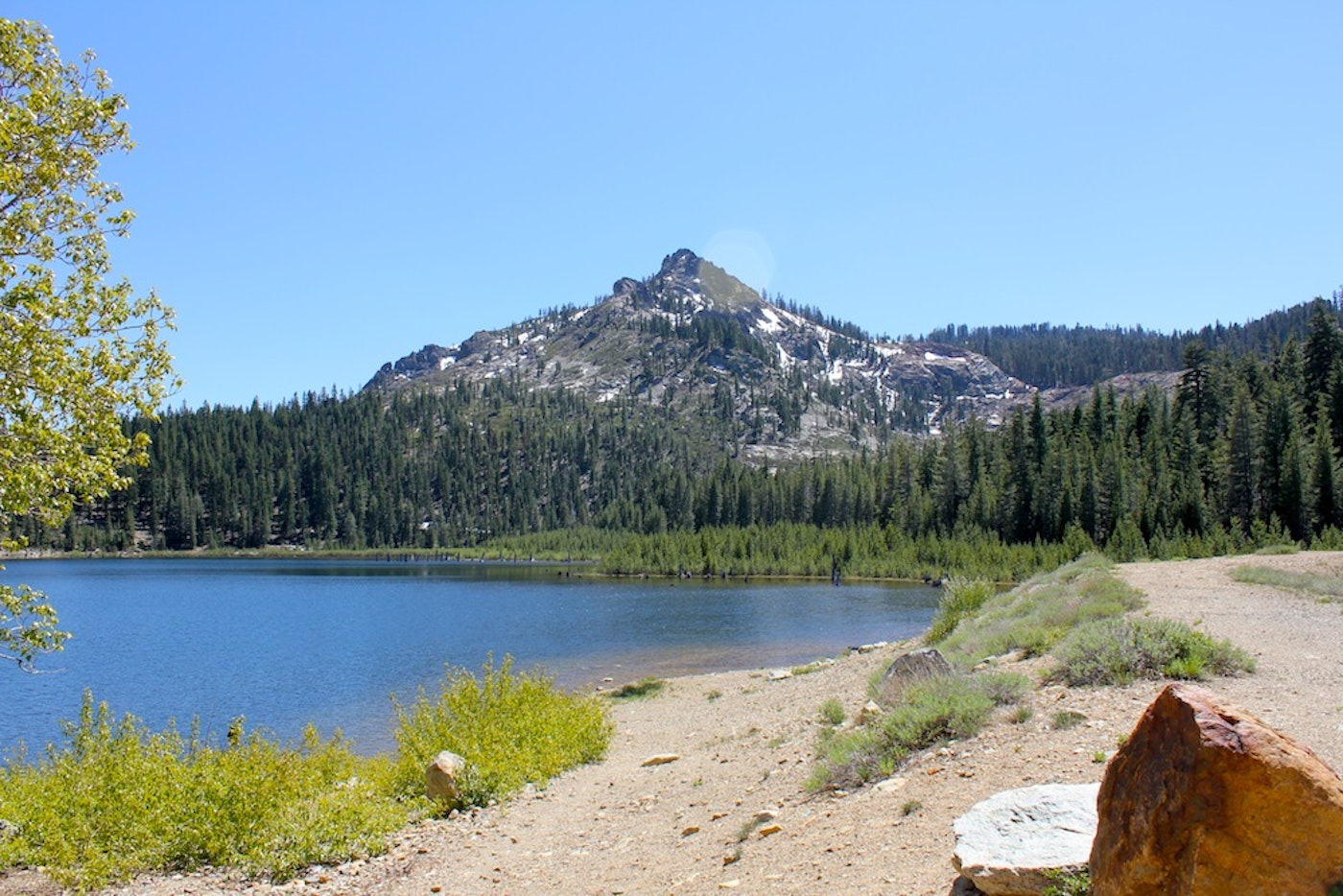
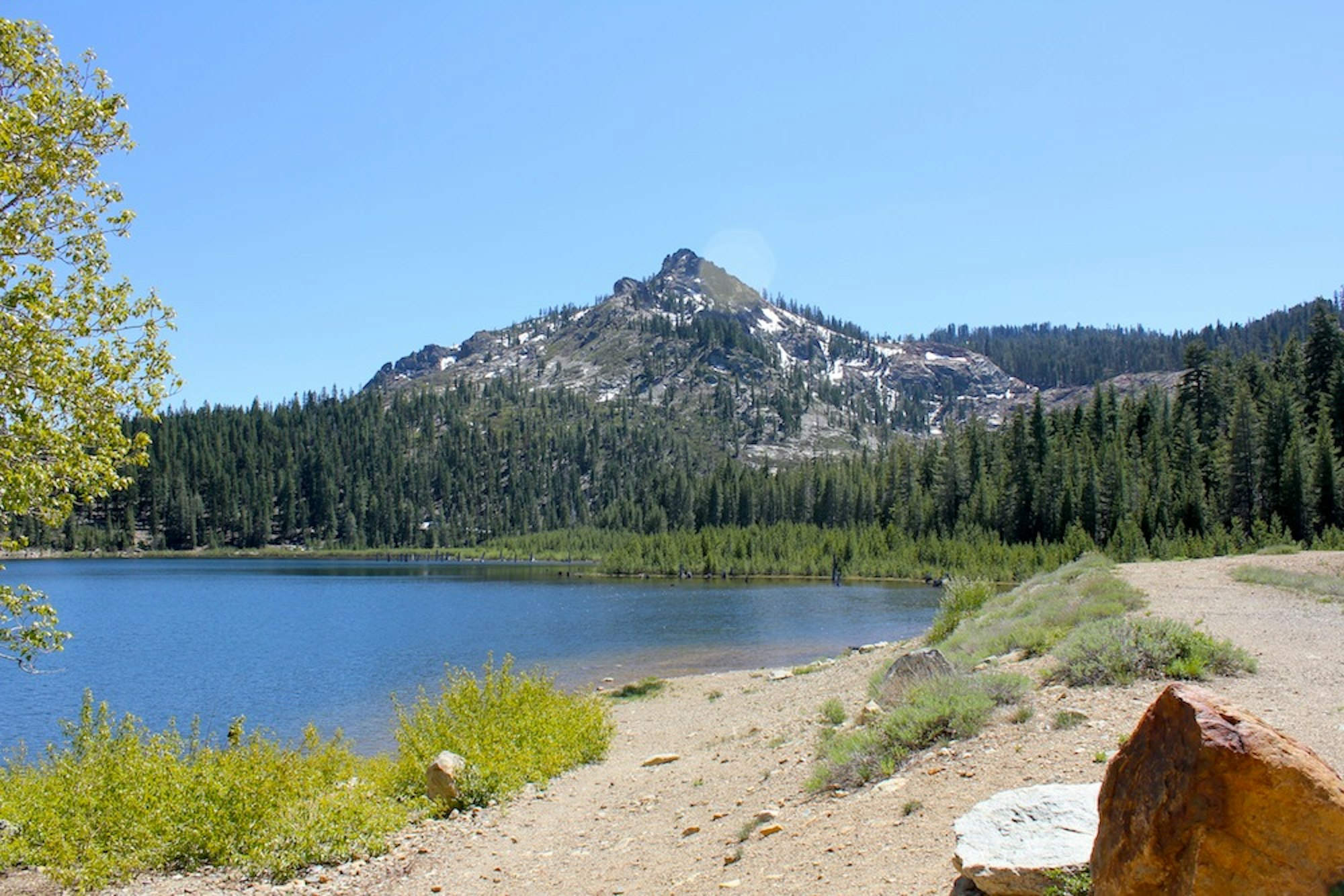
Eureka Peak, home of the Johnsville Ski Bowl.
At the time, Fisher was also deeply immersed in a research paper about the ski industry, and how it is becoming increasingly exclusive and elitist. The in-depth research paper concerned the recent purchase of Alpine Meadows by KSL Resorts, parent company of Squaw Valley.
“I’ve been skiing Alpine Meadows for as long as I can remember, and seeing the changes when it was acquired by Squaw, seeing the direction of development, real estate, and water parks, it was kind of depressing,” says Fisher. “A skier’s skier is just trying to ski every day and doesn’t really need all of that.”
With the buzz surrounding KSL’s purchase of Alpine Meadows and recent plans for a 101-acre base village development at Squaw Valley, the attempt to reopen Johnsville as a non-profit was completely overshadowed.
“Everyone in Tahoe should be supporting Johnsville if they want to see the direction of the ski industry change,” says Fisher. “So, we were like, ‘Let’s throw a party, let’s have some fun,’ and shed a new light on the ski industry.”
And thus, the Lost Sierra Hoedown was born. Fisher enlisted the help of fellow Interdisciplinary students Cody Wilkins and Rachael Blum, as well as experienced event organizer Azariah “Z” Reynolds, to help put together the hoedown, held from September 20-22. The idea of the hoedown revolved around the ideals of simple livin’, disconnecting from technology and reducing trash production; community, coming together with neighbors and strangers alike, dancing, and meeting some new friends along the way; outdoor recreation, taking advantages of the numerous outdoor activities surrounding Eureka Peak; music, enjoying the bluegrass tunes from an incredible lineup; and all to achieve the goal of supporting a non-profit, community driven ski hill where kids can learn to ski and experienced skiers can challenge themselves.
Wilkins, an ODAL and entrepreneurship major, was put in charge of the business and marketing plan. He wanted to make sure the people were aware of the long history of Johnsville in advance of the event. The goal was to remind people that the miners who first skied the hills surrounding Johnsville did so because of the simple joy of going fast down a mountain.
“As far direct marketing, we tried to keep it low cost, low impact, and concentrated in a dedicated community,” says Wilkins. “The event saw people from all walks of life, but they all carried the passion for mountains and showed curiosity for the history of the sport.”
Blum, a sustainability major, took care of the logistics for mitigating trash accumulation at the event.
“In order to stay true to our sustainability goals I tried to consider what would make [the event] unsustainable,” describes Blum. “If there isn’t water, people will use plastic bottles; if there isn’t a place for recycling, it will go in the trash; if we don’t encourage Leave No Trace principles, campsites will be left in ruins.”
Z was the experienced music industry guy and knew how to book bands, put together a stage, etc… As for Drew, he took care of everything else, doing whatever he could to make the six-month project a success.
And when it came time for the actual event, the Lost Sierra Hoedown proved to be a massive success. About 500 people gathered from as far away as Oregon and Idaho to celebrate a couple of days of bluegrass for a great cause, and $6,000 was raised for the Ski Johnsville Fund. While the restoration of the ski area is an ongoing effort, Fisher believes that if people support a special cause like Johnsville once, they’ll continue to do it in the future.
“If they’re going to come back, they’re going to continue to care about the place,” explains Fisher. “If you’re going to encourage people to check some place out, you’ve got to make sure they realize it’s special, and that they’ll take care of it.”
The group did have their concerns about the event. If they were going to throw a rowdy hoedown in support of Ski Johnsville, they had to do it the right way, staying true to some of the ideals and values that they had from the beginning.
“We didn’t want this to be a big college party up in the woods, rather a collection of awesome individuals celebrating good music, good friends, and of course, the core of skiing,” describes Wilkins. “Skiing is going in the wrong direction and it’s up to the diehards to save at least part of the industry.”
Sustainability was also a key. Not only did it coincide with the overall goals of the service learning project, but is also necessary to consider when thinking about revitalizing a ski hill into a non-profit.
“There’s definitely a point where it’s like, ‘is it right to bring all of these people here?’ If we’re going to bring all of these people here, we’re going to make sure they’re educated, and put sustainability in as part of the process,” says Fisher. “That’s our worst nightmare, trying to do something positive and having it blow up in our face.”
The school lent a hand in that regard, helping to pay for the Klean Kanteen pint cups that were handed out to concert goers, as opposed to the red Solo cups found at most parties these days. Despite having upwards of 500 people in attendance, the concert produced a mere four bags of trash.
“The student government association and the admissions department sponsored our Klean Kanteen Pint Cups,” says Fisher. “We were able to just give them away to every participant which eliminated single use plastic cups at the hoedown.”
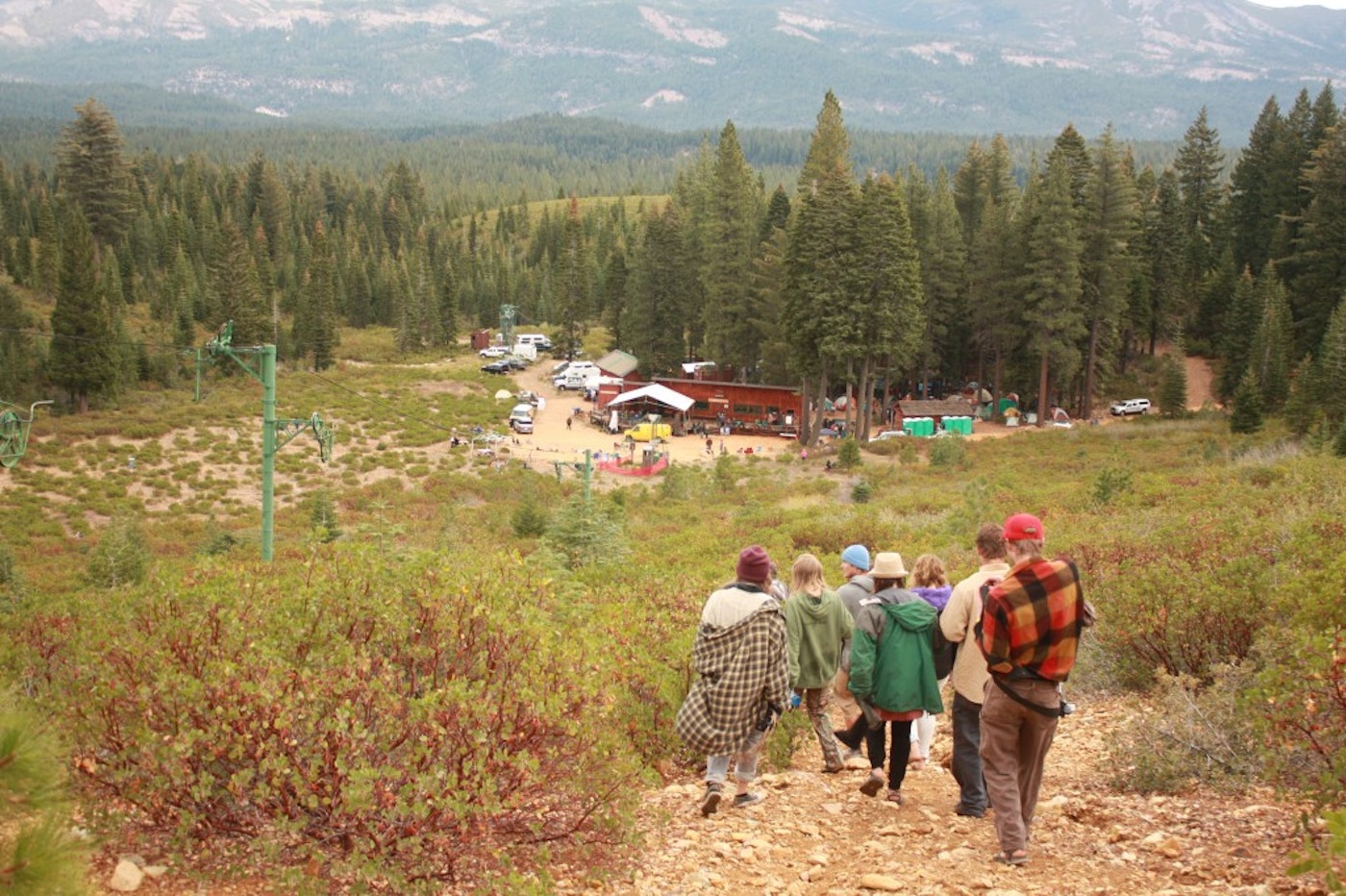
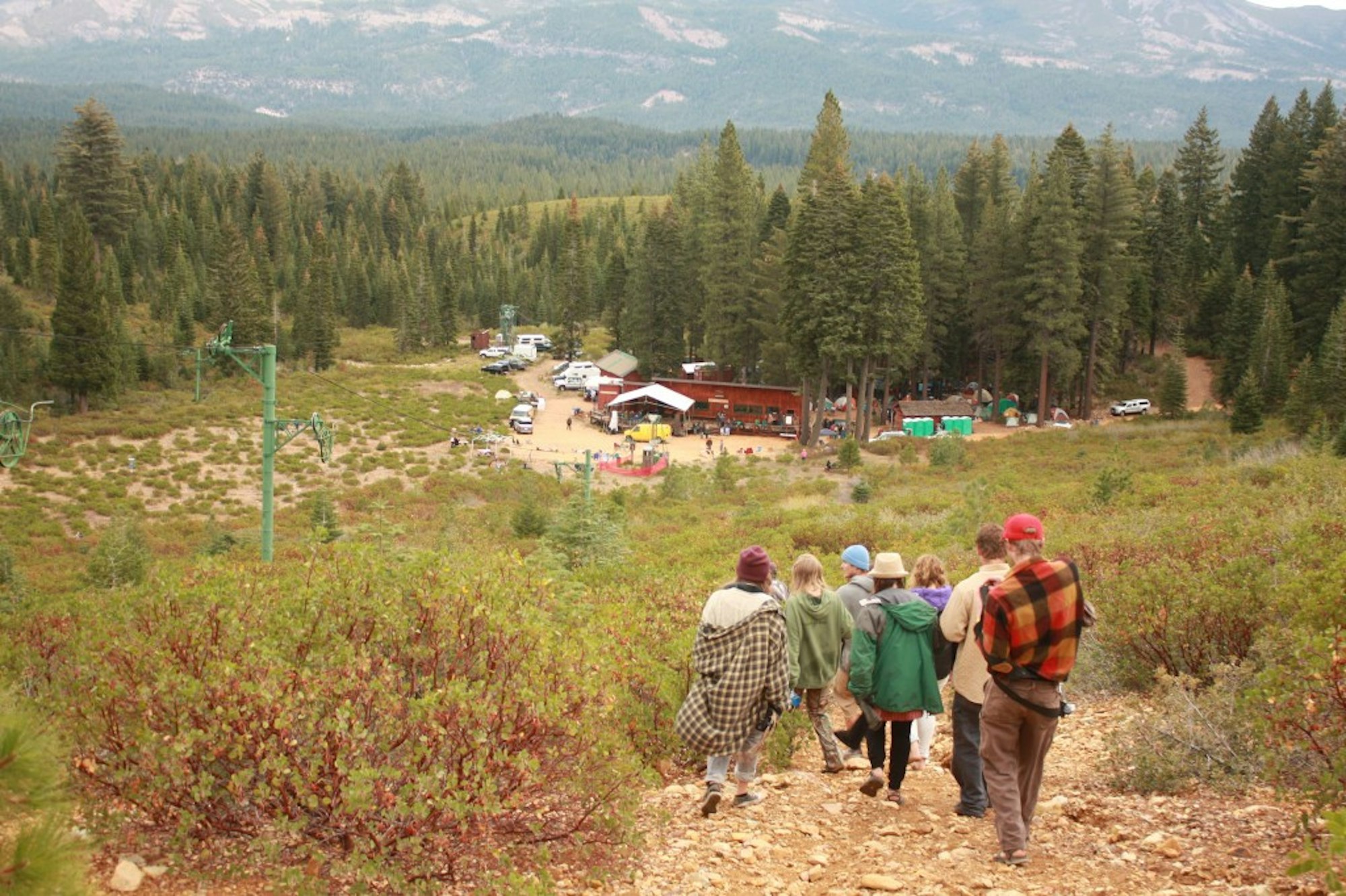
Hiking down towards the Johnsville Ski Lodge.
The key to seeing the long-term restoration of the ski area, according to Fisher, is to keep the ball rolling. The Lost Sierra Hoedown will hopefully become an annual tradition, and Fisher hopes that even more people will take notice, and join the cause.
“I guess now that all of these thousands of people know about the place, we’ve got to keep the momentum,” says Fisher. “Hopefully someone with a fat wallet that loves skiing is going to see the value in this community oriented, family friendly, low impact ski hill.”
The first step towards restoration has been met, thousands of people now know about the Johnsville Skibowl, thanks to the efforts of a small community of people with a shared passion for skiing.
“I’m personally excited to see that an impact was made on the local ski community up there and the Tahoe region,” says Wilkins. “People know Johnsville exists and that in itself is a huge accomplishment.”
The project certainly met the underlying goal of the Interdisciplinary Studies service learning project; the event taught them more about leadership in the outdoor adventure arena than anything in a lecture hall ever could have. The school encouraged Fisher, Wilkins, and Blum to try something different, and then provided the support to meet that objective.
“Once we got the ball rolling we just had endless support from every department,” describes Fisher. “We had mentors in every department who were more than happy to help guide us in the process, from business and entrepreneurship to journalism and leadership.”
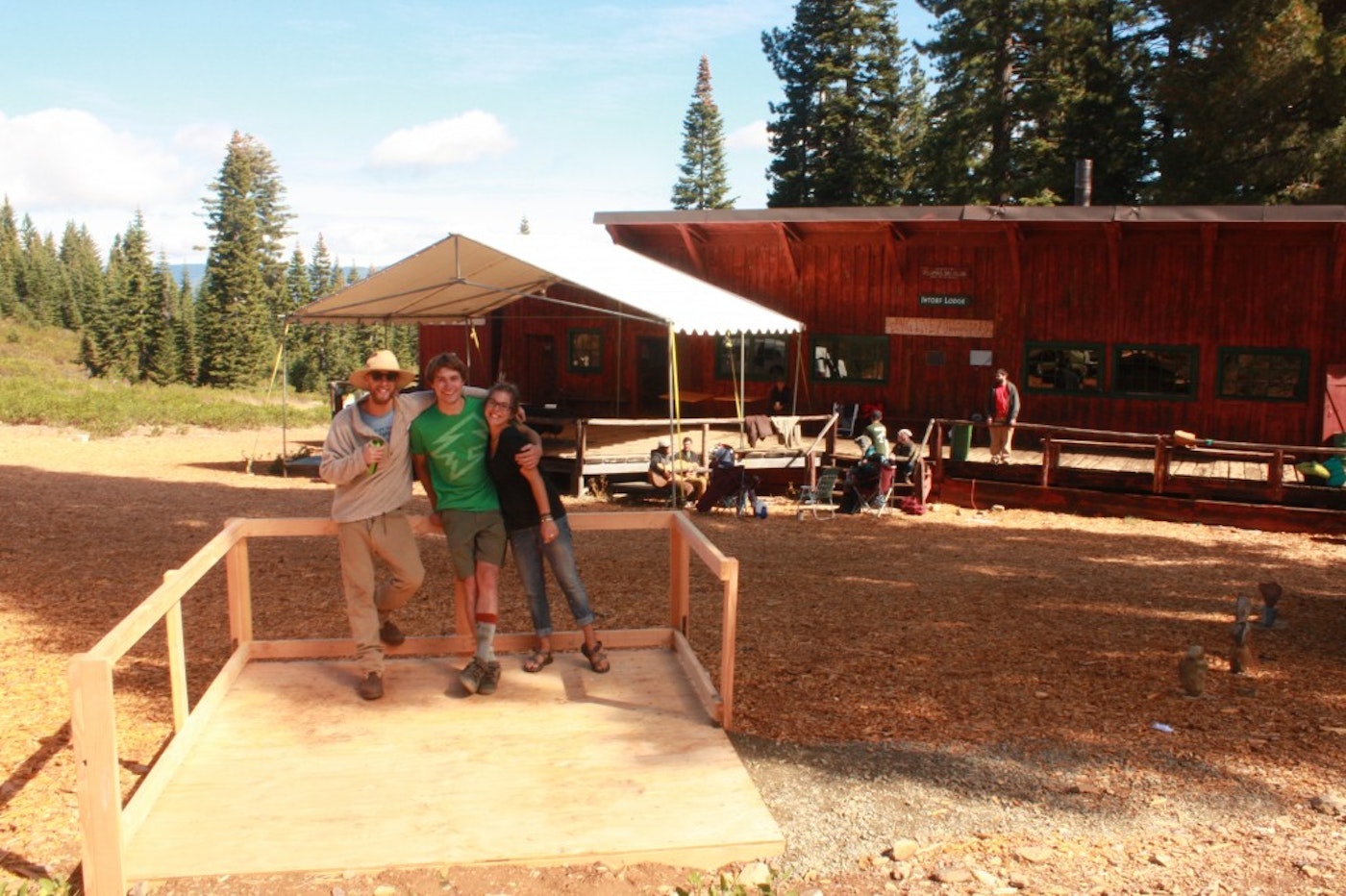
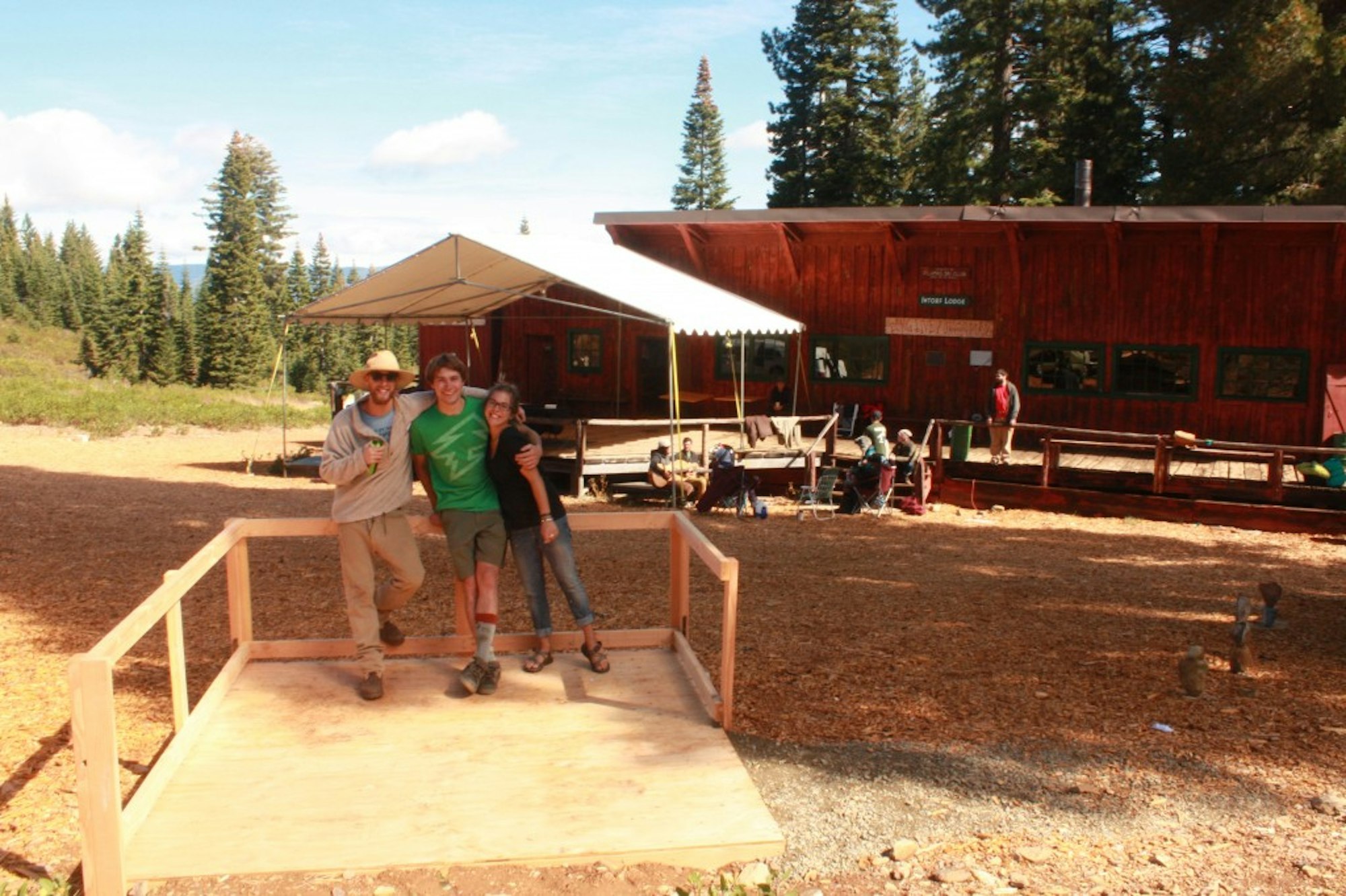
From left to right: Drew Fisher, Cody Wilkins, and Rachael Blum
The project goals were attainable thanks in large part to the mountain community that surrounds Sierra Nevada College. Colleges and Universities in mountain towns everywhere foster these kinds of possibilities, but it all starts with a single idea. This idea can inspire a group of like-minded people to come together for a singular cause, such as the Johnsville Ski Bowl and Lost Sierra Hoedown, allowing students to think across boundaries and apply leadership skills to objectives on environmental, social and economic levels.
“The environment at Sierra Nevada College is just ripe for big ideas,” says Fisher. “Katie Zanto had us looking at big complex problems, and actually looking for solutions. My topic was on becoming a stakeholder in the ski industry and making skiing more accessible. I was learning about issues that I’m very passionate about from all different angles.”
The Lake Tahoe community is an ideal backdrop for investing in these values, thanks to a bounty of outdoor recreational opportunities in its backyard, a thriving mountain tourism industry, and a tight knit population inhabiting its shores.
“The roots of skiing exist in our back yard,” says Blum. “We’re simply trying to continue and contribute to the legacy.”

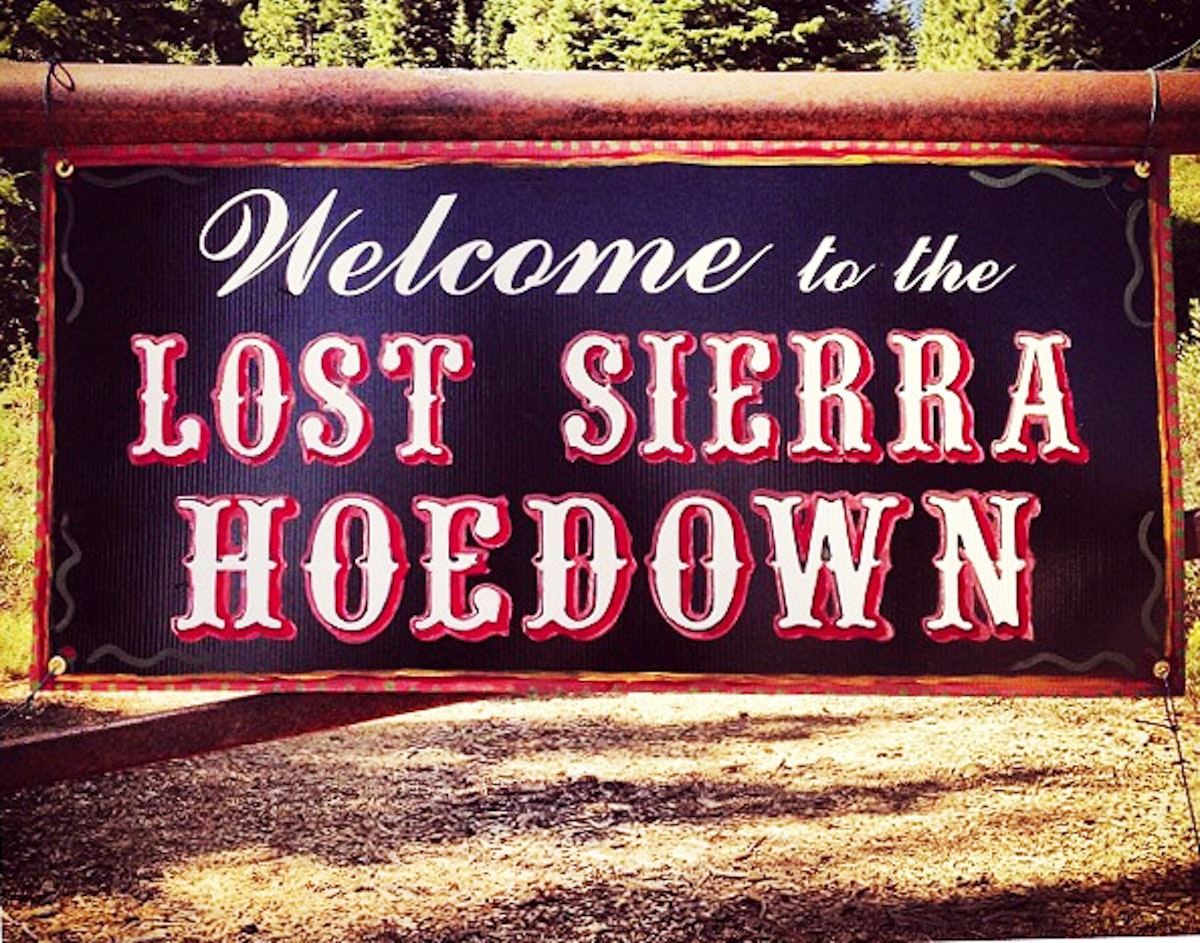


![[GIVEAWAY] Win a Head-to-Toe Ski Setup from IFSA](https://www.datocms-assets.com/163516/1765920344-ifsa.jpg?w=200&h=200&fit=crop)

![[GIVEAWAY] Win a Legendary Ski Trip with Icelantic's Road to the Rocks](https://www.datocms-assets.com/163516/1765233064-r2r26_freeskier_leaderboard1.jpg?auto=format&w=400&h=300&fit=crop&crop=faces,entropy)
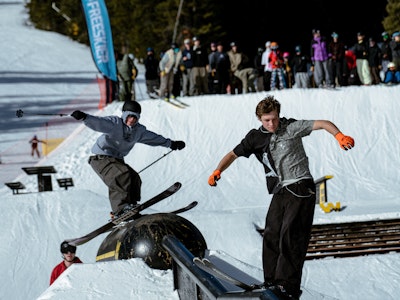




![[GIVEAWAY] Win a Head-to-Toe Ski Setup from IFSA](https://www.datocms-assets.com/163516/1765920344-ifsa.jpg?auto=format&w=400&h=300&fit=crop&crop=faces,entropy)

